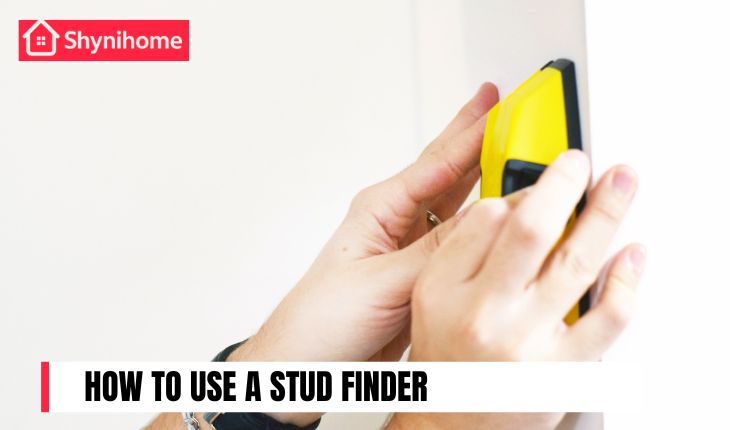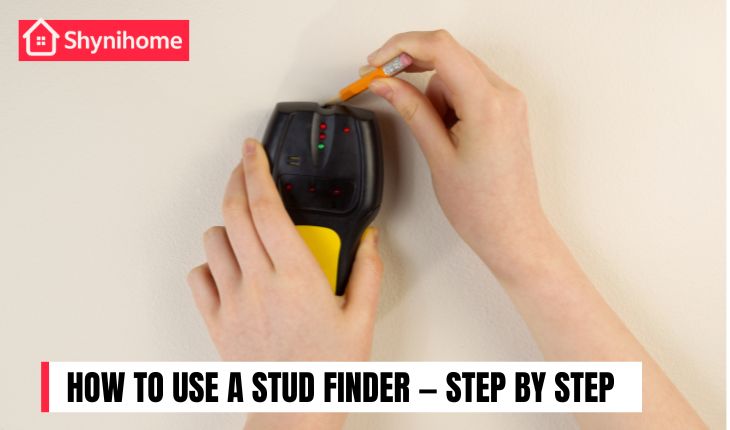
If you’ve ever tried to hang a shelf, TV mount, or heavy wall decor, you’ve likely asked yourself: “Is it safe to drill here?”
That’s where a Stud Finder becomes your best DIY buddy. 💪
Table of Contents
Toggle🧱 What Is a Stud Finder?
A stud finder is a handheld device that helps you locate the wooden or metal studs behind your drywall.
These studs are the strong vertical framing inside your walls — and they’re what you should drill into when mounting something heavy.
There are two main types:
- 🔹 Magnetic Stud Finders: Detect nails or screws in the stud using magnets.
- 🔹 Electronic Stud Finders: Scan the density behind the wall to find edges of studs more precisely.
👉 Also Read: How to Set Up a Mini Home Workshop on a Budget
🎯 Why You Need a Stud Finder
Here’s why every DIYer and homeowner should own a stud finder:
✅ Avoid Drilling Mistakes
Drilling into drywall without support can cause damage and risk falling shelves.
✅ Ensure Safety
Studs are stronger and safer for hanging heavy items like TVs or cabinets.
✅ Save Time
No more random tapping and guessing! Stud finders make it fast and accurate.
✅ Reduce Wall Damage
Fewer wrong holes = a cleaner, more professional finish.
🛠️ How to Use a Stud Finder — Step by Step

Follow these simple steps:
- Choose a Starting Point
Start about 10–16 inches from a corner (studs are typically spaced that far apart). - Turn on the Stud Finder
Hold it flat against the wall and press the power or calibrate button. - Slide It Slowly Across the Wall ➡️
Move horizontally in one direction. Most devices will beep or light up when they detect a stud edge. - Mark the Stud
Use a pencil to lightly mark where the stud begins and ends. - Double Check
Move the device back the other way to confirm both edges of the stud.
💡 Pro Tip: Always scan vertically to confirm the entire length of the stud is usable (not just a screw or pipe).
🧰 Best Times to Use a Stud Finder
- Mounting a TV
- Hanging shelves or cabinets
- Installing curtain rods
- Hanging large mirrors or artwork
- Building a DIY wall shelf or pegboard
🤔 Common Mistakes to Avoid
🚫 Scanning too fast — it won’t detect properly
🚫 Using on wet or freshly painted walls
🚫 Forgetting to calibrate the device before scanning
👉 Also Read: DIY Tools 101: A Beginner’s Guide to Home Improvement
✅ Conclusion
A stud finder might be a small tool, but it plays a big role in safe and smart DIY.
Whether you’re a beginner or a weekend warrior, using a stud finder can save your walls, time, and frustration.
